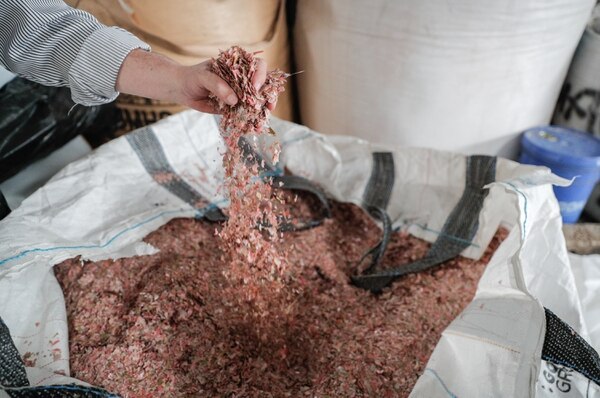Have you ever wondered what happens to bills once they are taken out of circulation? The answer is unique when looking at the Tico ¢1,000 bill. While most Costa Rican bills are made of cotton, this one is made of polymer.
The ¢1,000 bill used to be made of cotton just like the others but since it is perhaps the most used bill it was only being circulated for about 1 year before having to be decommissioned due to exposure to dirt and moisture. That’s why the change in material was made. Each bill lasts about 4 years in circulation now.
When the bills are no longer in good condition, the bank shreds them to very small pieces so that they cannot be reconstructed. It then ships the bags of shredded bills to a company, Producol, that uses this raw material to create plastic wood, an imitation of plywood.
The imitation wood is used to develop street signs, tables, benches, bridges, and playgrounds. Bills from Nicaragua are also used. They are separated by color to add dimension to the fake wood.

